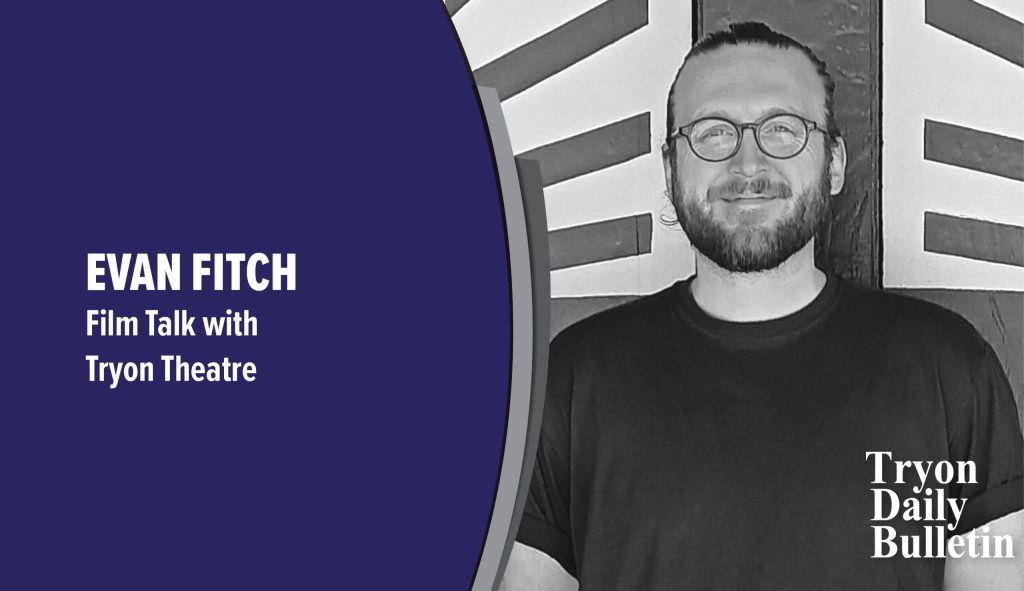“The Shawshank Redemption” celebrates strength of friendship
Published 12:31 pm Thursday, February 6, 2025
|
Getting your Trinity Audio player ready...
|
This Tuesday at the Tryon Theatre, for one night only, is “The Shawshank Redemption” (1994), this month’s film hosted by The Tryon Fine Arts Center.
“The Shawshank Redemption” is a beloved classic celebrating the strength of hope and friendship, even in the most desperate situations. This film was directed by Frank Darabont and was closely adapted from a Stephen King novella, Rita Hayworth and Shawshank Redemption (1982). “The Shawshank Redemption” was nominated for seven Oscar awards in 1995, and while it took home no victories, it has become a beloved fixture of rewatching and film education, its legacy far outstripping many Oscar-winning titles.
The titular “Shawshank” refers to a fictional prison of the same name located in Maine. The prison setting features a large cast of supporting players, but the story boils down to the two leads: Andy Dufresne (Tim Robbins) and Ellis Boyd “Red” Harrington (Morgan Freeman).
Trending
Andy is a new resident at the prison, adamant about his innocence and seemingly unfit for prison life, an aloof and bookish man. “Red” is a lifer, a man most at home in this world of restriction, having made a name for himself as a scrounger: a contraband smuggler. “Red” provides the film’s narration as his friendship with Andy buds and grows over their shared years of incarceration.
At its simplest, this film is a prison drama, utilizing that universally understood setting of proximity and intensity to tell an emotionally gripping and powerfully acted story. Many other great films have similarly explored this microcosm to compelling ends, yet few have employed the tenderness implicit in the message of “The Shawshank Redemption.” For many prison dramas, the brutality and hopelessness of prison is a foundational quality underwriting the narrative. Yet, in “Shawshank,” these oppressive environs never suffocate that joyful note of hope.
The film is a master class in restraint, sidestepping the excessive shock so easily employed in a prison story. It’s restraint does not lighten the psychological weight of its scenes, but for much of the film’s darkness, its implication is more emotionally effective than its depiction. In fact, the film makes use of the often clumsily applied tool of narration to phenomenal ends, walking the finest of lines between showing and telling.
Film is, above all else, a visual medium best used to communicate by image rather than word. The use of language can so often be an expositional crutch rather than an element of artistic harmony. However, in “The Shawshank Redemption,” such harmony of word and image is found. The film’s narration allows for the darkest moments of Andy’s story to be conceptualized without being visualized, leaving the viewer unpunished for their investment in his well-being while appreciative of Andy’s great suffering, all the same.
We hope you will join us for this fantastic and moving film!






